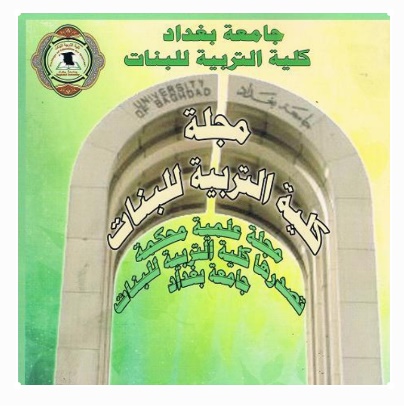أسلوبي الترغیب والترھیب في القرآن الكریم والسنة النبویة وبعدیھما التعلیمي والتعلمي
الملخص
Methods of teaching plays an important vole in the educational process
because is the link between the teacher and the learner. The process of
teaching doesut fulfill the desirable results unless the methods of guiding and
teaching are provided and through a qualified educationalist capable of
communicating the syllabus to the students in an easy and clear way. In spite
of the diversity of the methods of teaching ,there is no one way suitable for all
the educational purposes , all the sciences ,all the subjects ,all the levels of
growth ,levels of teaching, maturity and intelligences ,all teachers and
educationalists and all the circum stances surrounding the teaching processes
.The teacher is the one who chooses the method that suits the educational
purpose to achieve, the subjects he teacher ,the kind of lesson ,the level of
growth and learning ,level of maturity ,intelligence and achievement
of his students, the available requirements .when we talk about the methods
of teaching Islamic Education we have to talk about the first educationalist
our prophet Muhammad who did handle the process of education and
teaching as he was ordered by Almighty God who says (( My God ordered me
to teach you what you are ignorant of from what he has taught me)).
The researcher in this study sheds light on one style of education which
has already been mentioned many times in the Holy Quran and the Sunnite of
our prophet which is through the method of temptation and intimidation.
The aim of the present study is to indemnify out he two styles
temptation and intimidation in the Holy Quran and the Sunni and their
pedagogical – learning perspectives. To achieve this aim, the researcher used
the analytical descriptive method to account for the number of uses in the
Holy Quran and the sunna by calculating the repeated words that carry in
meaning and pronunciation the meaning of temptation and intimidation.
The researcher has reached into the following conclusions: 1-
The most repetitive verses in the Holy Quran for the temptation in which
"paradise "is used are about (113).
2- The most repetitive verses for the intimidation in which "fear " in used are
about (121).
3- As for the Sunna, the temptation saying for the "prayer" comes on the top
of the list, about (374).
4- While the intimidation in literature include about (230).
The researcher suggested dictating the two styles in the college
teaching. Also the researcher suggested the following recommendations :
1- Holding training courses for the teacher of Islamic education to know such
styles and how to teach them .
2- Making use of the prophets teaching styles in educating his followers and
putting them on the right track including the implantation of the right principles
for the students.
3- Shedding light on the influence of the tow styles in teaching the college
students.
4- Identifying the influence of other styles of the prophet on other stages.













